Description
Strain Info
Strain Name: G Code
Type: hybrid (indica dominant)
Grade: AAA
Nose: AAAA – sweet, fruity, earthy
Taste: AAAA – fruity, earthy
Burn: AAA – Fairly slow burning with a white ash. Appears well flushed.
Visual: AAA – small to medium large, fairly fluffy, trimmed buds with copious orange hairs. Stem snaps, product is dried properly.
Info: G Code is a fairly strong indica dominant hybrid. A cross between the strong indica G13 and the sativa Grizzly Purple. Don’t confuse this with “Purple G Code” which is a sativa dominant hybrid. Not the best for those suffering from psychological issues but good for stress, depression, body pain, insomnia and lack of appetite.
The G Code cannabis strain is yet another cannabis variety with a somewhat mysterious origin. Legend has it that this strain was smuggled out of a United States Government cannabis lab by a rogue scientist that wanted to share it with his civilian friends. This story has never been confirmed, however. What we do know for sure about the G Code strain is that it is a cross-breed of Grizzly Purple and G13.
The G Code hybrid leans far into the sativa dominant range. One unique characteristic of the buds is that they are extremely orange in color, accented with some green, silver, and purple tints. Some have even compared the G Code weed strain buds to a coral leaf, as some of the color markers are very similar. With regards to the aroma of this delicious strain, it might be one of the best smelling strains around. It smells very sweet like honey, followed by lovely accents of freshly picked flowers, pine sap, and a bit of funky skunk.
The G Code hybrid strain grows tall and thin, similar to most other sativa dominant hybrids. It can get a bit bushy as well, likely a characteristic that it picked up from one of its indica leaning parents. Upon reaching full maturity, the plant will stand about 3 feet tall. Growers will find that it will develop quite nicely indoors or outdoors, so long as it receives a decent quantity of light. The total flower and bud yield for each plant could be classified as moderate. The resinous layer that develops on the mature flowers closely resembles a bit of light morning dew.
The effects of this strain are very uplifting. The thc percentage is considered to be light to moderate, so you can maintain a very functional high with G Code. It is considered by many experienced users to be a great day smoker. Other effects of this strain include a light and buzzing energy boost, some moderate euphoria, and a nicely balanced state of calmness. You definitely will not get couch lock with this strain, on the contrary, you will want to go out and enjoy some fun activities with friends.
As far as G Code’s medicinal effects are concerned, it is known to be a great treatment for anxiety. If you suffer from generalized anxiety or social anxiety then you will find the calming effects of this strain to be very effective. It can also be used to treat depression, insomnia, migraines, and chronic pain.
Lab Data
Sample submitted: “G Code” dried cannabis flowers.
Visual Inspection: Free from visible contamination and foreign matter.
Activated vs non-activated: activated cannabinoids are non-acidic (neutral) and are the form utilized by the human brain/ body. Activation occurs via heating (smoking, vaporizing, cooking). Cannabinoids in the natural plant are acidic (non-activated) and need to be converted to their neutral form in order to be utilized by the human body. Therefore one would expect fresh cannabis buds to contain mainly non-activated cannabinoids. Processed materials (baked goods, heated extracts) should be higher in the activated forms.
Absent Cannabinoids: if a cannabinoid or terpene is blank, it is not necessarily absent but below the limit of detection by the detector (usually less than 0.01%).
Cannabis Potency Summary Table:
Three tests of each sample were analysed and summarised below:
Cannabinoid Identified | % by weight | mg/g |
Δ9 thc (activated) | 0.56 | 5.6 |
Δ8 THC (activated) | – | – |
THC-Acid (not activated) | 22.46 | 224.6 |
*THC total (THC-Acid THC) | 20.25 | 202.5 |
CBD (activated) | – | – |
CBD-Acid (not activated) | 0.06 | 0.6 |
*CBD total (CBD-Acid CBD) | 0.05 | 0.5 |
CBG (activated) | 0.24 | 2.4 |
CBG-Acid (not activated) | 1.59 | 15.9 |
*CBG total (CBG-Acid CBG) | 1.64 | 16.4 |
CBV (activated) | 0.11 | 1.1 |
CBV-Acid (not activated) | – | – |
*CBV total (CBV-Acid CBV) | 0.11 | 1.1 |
CBN | – | – |
CBC | – | – |
Activated Cannabinoid Total: | 22.06 | 220.6 |
Linalool | 0.10 | 1.0 |
Caryophyllene oxide | 0.08 | 0.8 |
Myrcene | 0.12 | 1.2 |
Limonene | 0.09 | 0.9 |
b-Pinene | – | – |
a-Pinene | 0.49 | 4.9 |
Humulene | 0.03 | 0.3 |
Caryphyllene | 0.04 | 0.4 |
Terpene total | 0.96 | 9.6 |
•when reporting totals, acidic cannabinoids are multiplied by 0.877 to account for loss of mass from decarboxylation upon heating (activating)

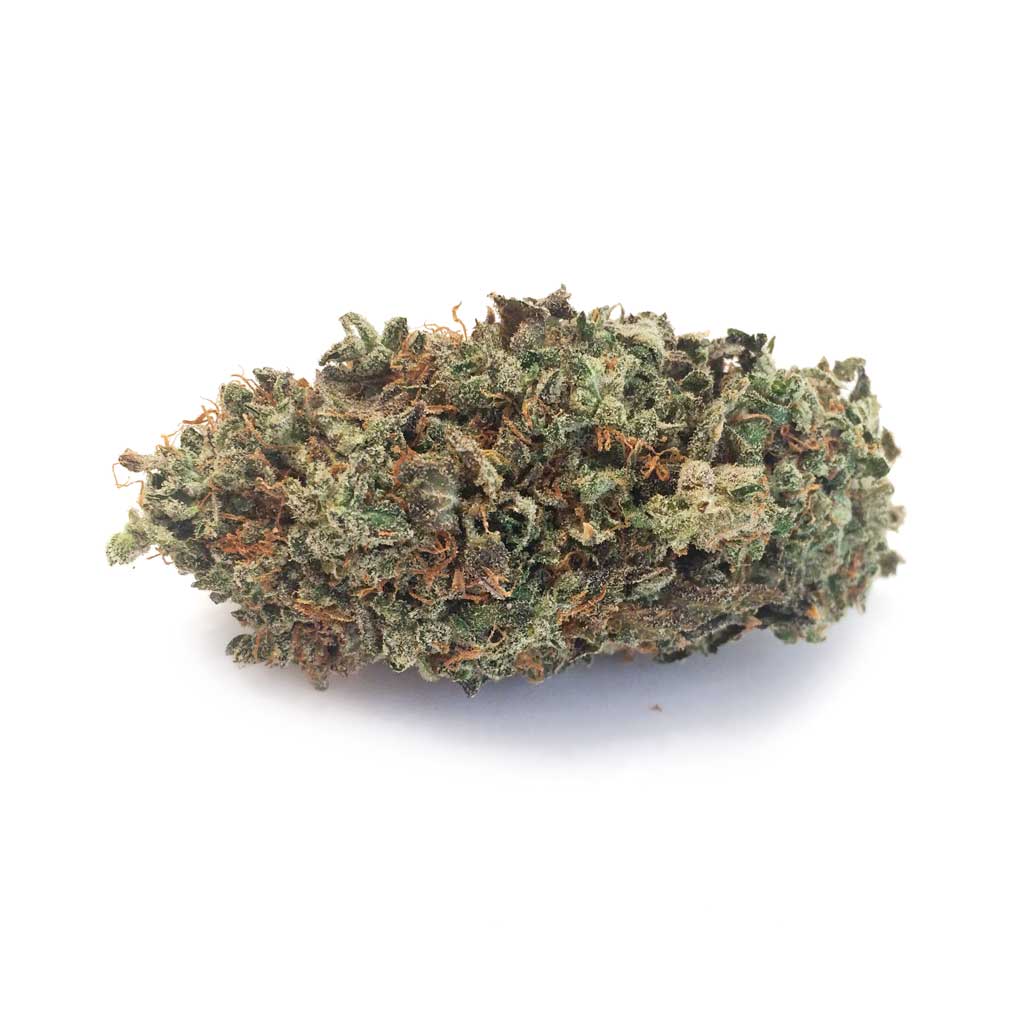
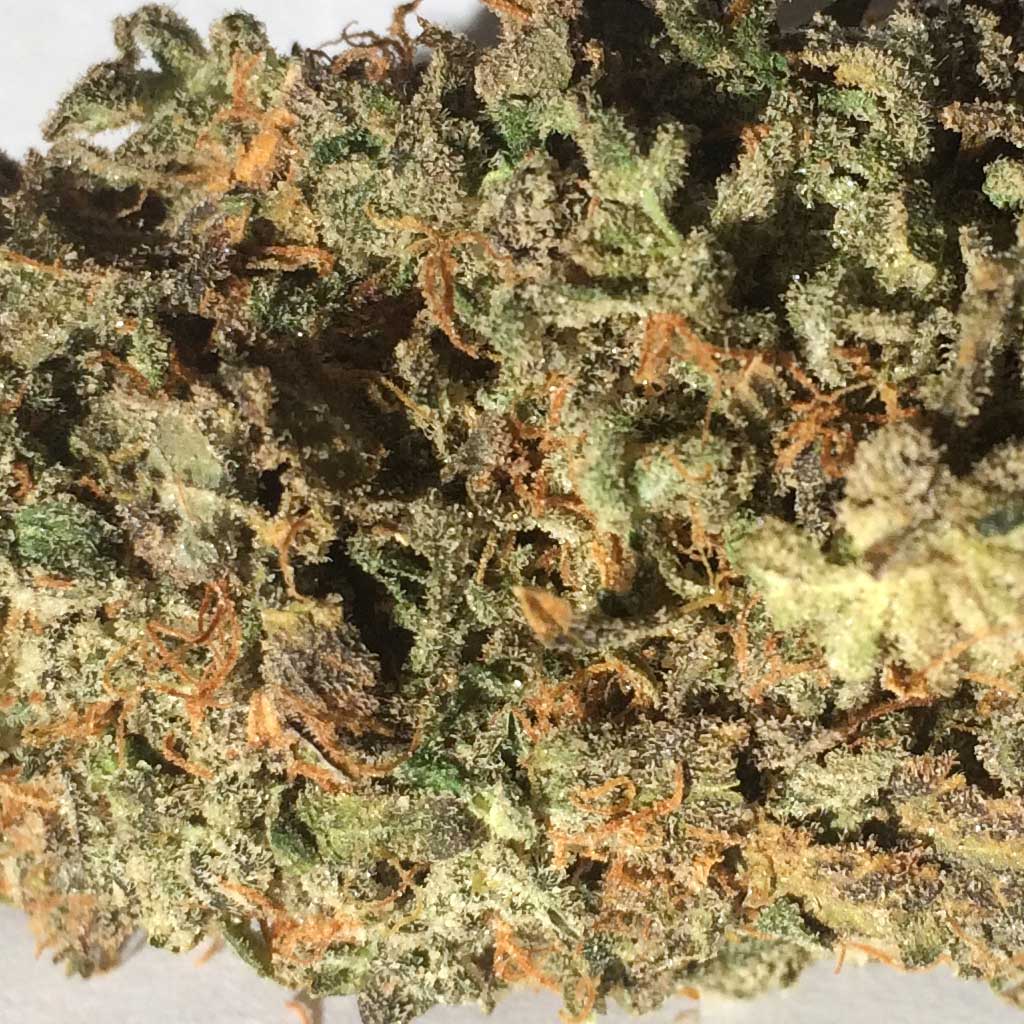
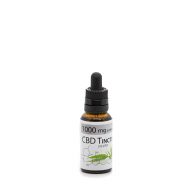

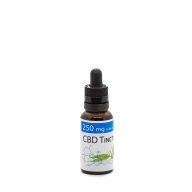
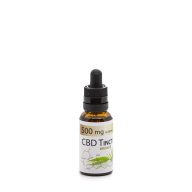
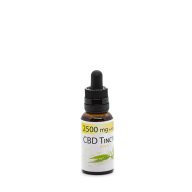
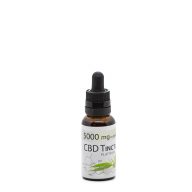
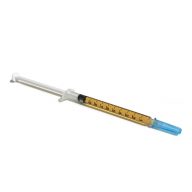
What others are saying
There are no contributions yet.